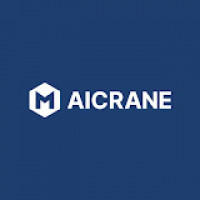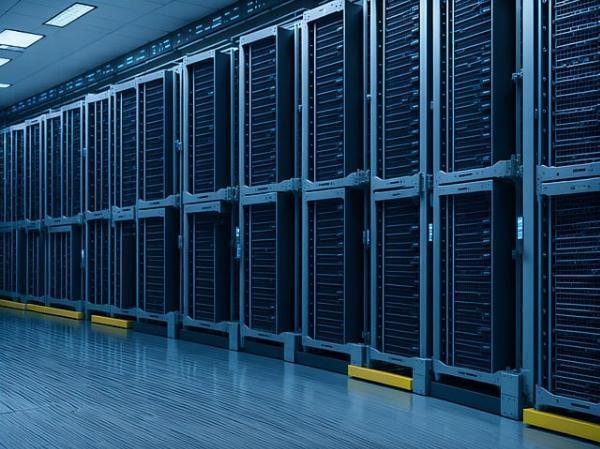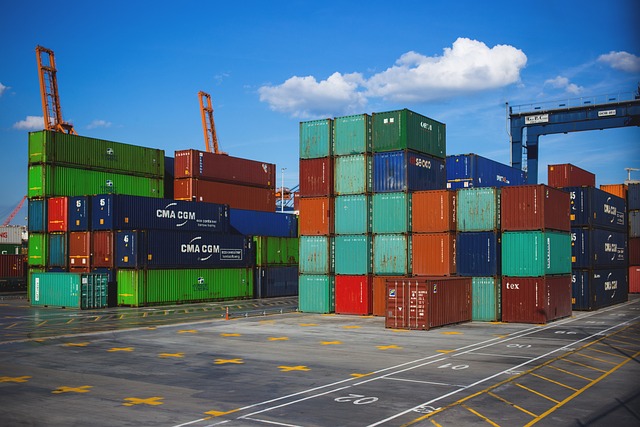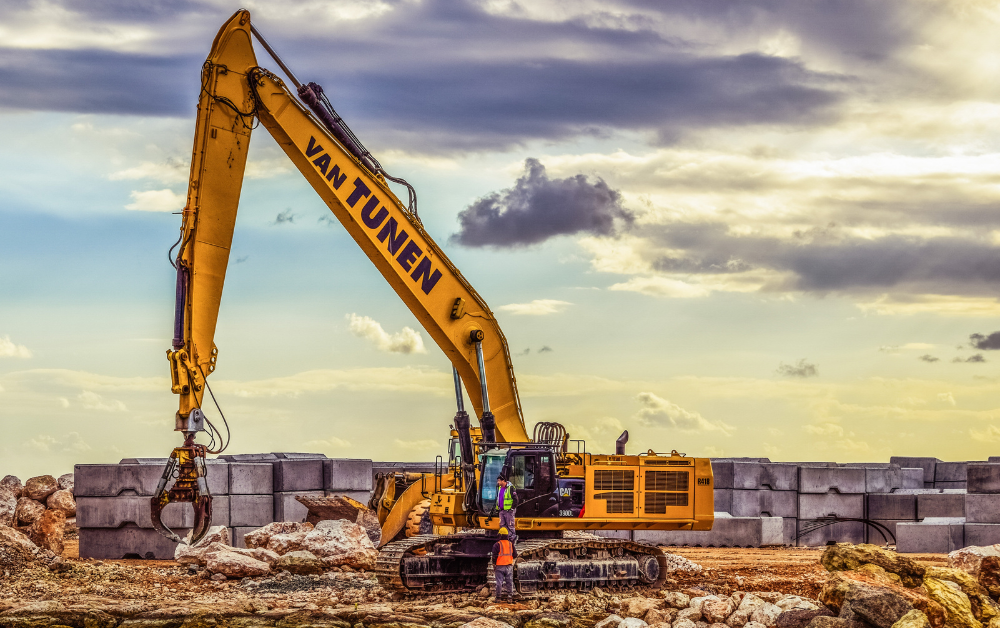Energy-Efficient Overhead Crane Designs: A Market Driver
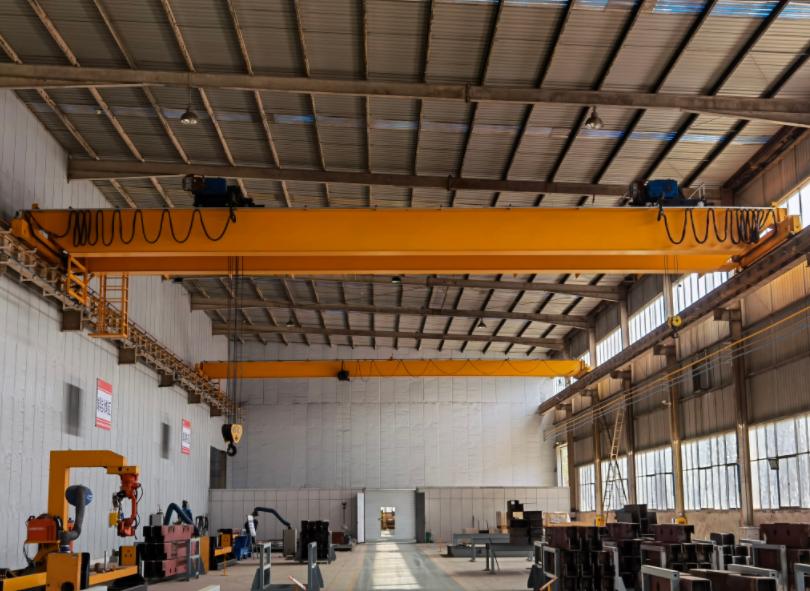
Strong 8k brings an ultra-HD IPTV experience to your living room and your pocket.
In today’s industrial landscape, energy efficiency is no longer a secondary consideration - it is a key driver of purchasing decisions, operational upgrades, and long-term strategic investments. Among material handling systems, overhead cranes have seen a growing shift toward energy-efficient designs, driven by rising energy costs, environmental regulations, and the increasing emphasis on sustainable operations.
This trend is reshaping the overhead crane market, from product design and manufacturing to aftermarket services and lifecycle optimization. In this article, we explore how energy-efficient overhead crane solutions are transforming the industry and creating value for customers across sectors.
1. The Rising Demand for Energy Efficiency
Overhead cranes are integral to various industries including steel production, power generation, automotive, logistics, aerospace, and shipbuilding. Traditionally, these systems have consumed significant amounts of electricity, especially in high-capacity or continuous operation environments.
However, multiple factors are now accelerating the push toward energy-efficient overhead crane systems:
Soaring energy costs make power-saving systems more financially attractive.
Government regulations and environmental targets encourage industries to reduce their carbon footprint.
Corporate ESG goals (Environmental, Social, and Governance) push organizations to invest in sustainable technologies.
Technological advancements make it more practical to build cranes with intelligent control systems that minimize waste.
As a result, companies are increasingly seeking overhead cranes that not only meet their lifting needs but also reduce operational costs through optimized energy consumption.
2. Key Features of Energy-Efficient Overhead Crane Designs
Modern energy-efficient overhead cranes incorporate several design features that collectively reduce power usage and enhance performance. These include:
a. Variable Frequency Drives (VFDs)
VFDs adjust motor speed based on load and operational conditions, avoiding energy surges during start-up or braking. This significantly reduces energy waste while providing smooth and precise control.
b. Regenerative Braking Systems
Energy generated during braking is not lost as heat but is fed back into the power grid or reused within the system. This can result in energy savings of up to 30% in certain applications.
c. Lightweight Construction Materials
Using high-strength, lightweight materials in the crane structure reduces the system’s overall dead weight, which in turn lowers energy required for movement.
d. Intelligent Control Systems
Modern PLC (Programmable Logic Controller) and IoT-based systems optimize crane movement paths, reducing unnecessary travel and minimizing idle energy consumption.
e. LED Lighting and Energy-Efficient Auxiliary Systems
Replacing traditional lighting and auxiliary components with energy-efficient alternatives contributes to overall system energy savings.
3. Market Impact and Customer Benefits
The market for energy-efficient overhead cranes is growing rapidly. According to industry analysts, customers are increasingly willing to pay a premium for energy-saving features due to the clear return on investment (ROI). The benefits extend beyond just energy savings:
a. Lower Operational Costs
Reduced electricity usage directly translates into lower utility bills - especially important in large-scale operations where cranes operate continuously.
b. Longer Equipment Life
Smooth start-up and braking reduce mechanical stress on motors and gearboxes, leading to longer equipment life and reduced maintenance.
c. Improved Safety
Advanced control systems allow for better load management and reduce risks associated with sudden jerks or rapid stops.
d. Environmental Compliance
Industries are facing stricter emissions and energy efficiency regulations. Energy-efficient cranes help them stay compliant without compromising productivity.
4. Applications Across Industries
Energy-efficient overhead crane systems are finding applications across a wide spectrum of industries:
Steel and Metal Fabrication: Where cranes run for long hours under heavy load, energy savings significantly reduce total cost of ownership.
Automotive Plants: High precision and continuous movement demand energy-efficient controls to reduce consumption during repetitive cycles.
Logistics and Warehousing: Smart cranes with energy-efficient automation reduce idle time and energy use.
Power Plants: Crane operations in turbine halls or heavy machinery lifting benefit from regenerative and optimized energy systems.
Even smaller operations such as workshops and maintenance facilities are adopting compact, energy-efficient cranes to lower power bills and improve operational efficiency.
5. Manufacturer Innovations and Offerings
Global and regional crane manufacturers are responding to the trend by designing a new generation of overhead cranes with integrated energy-efficient features. Some notable innovations include:
Modular drive systems that allow customization based on load and usage pattern.
Energy monitoring tools that provide real-time data and analytics on power consumption.
Green crane certifications that validate energy efficiency and environmental performance.
Hybrid and battery-assisted crane systems for locations with unstable power supply or where grid efficiency is low.
Manufacturers like Aicrane, Konecranes, Demag, and others are investing heavily in R&D to push the boundaries of crane energy efficiency while maintaining load capacity and reliability.
6. Barriers to Adoption
Despite the many advantages, some challenges remain:
Initial investment: Energy-efficient cranes may have higher upfront costs due to advanced components.
Lack of awareness: In some markets, especially developing economies, buyers are less informed about long-term cost savings.
Compatibility with existing infrastructure: Upgrading old cranes to energy-efficient models may require additional investment in facility infrastructure.
Overcoming these barriers requires education, government incentives, and stronger partnerships between suppliers and customers.
7. The Future of Energy-Efficient Overhead Cranes
The future of the overhead crane market is undoubtedly green. In the coming years, expect to see:
Integration with renewable energy sources, such as solar-powered crane operations in off-grid locations.
AI-driven load prediction and energy optimization, which will adjust power usage based on expected workflows.
Lifecycle-based energy audits becoming standard practice in crane procurement.
Smart grid compatibility, allowing cranes to participate in industrial energy balancing.
Energy efficiency will not just be a competitive advantage - it will be a fundamental requirement.
Conclusion
Energy-efficient overhead crane designs are more than just a technological trend - they are a vital response to modern industry’s call for sustainability, cost efficiency, and smarter operations. As global energy prices continue to fluctuate and environmental regulations tighten, businesses that adopt energy-efficient crane systems stand to gain significantly - in both profitability and environmental performance.
Manufacturers and suppliers that lead in energy-efficient innovations will be best positioned to capture growing market demand and shape the future of material handling solutions. For customers, investing in energy efficiency today is a strategic move toward long-term operational excellence.
Note: IndiBlogHub features both user-submitted and editorial content. We do not verify third-party contributions. Read our Disclaimer and Privacy Policyfor details.

